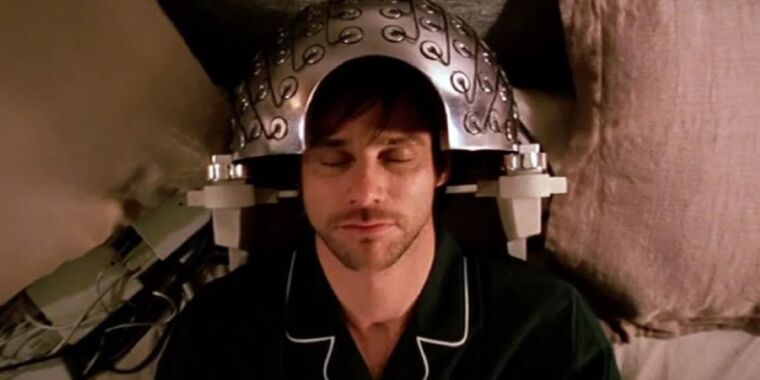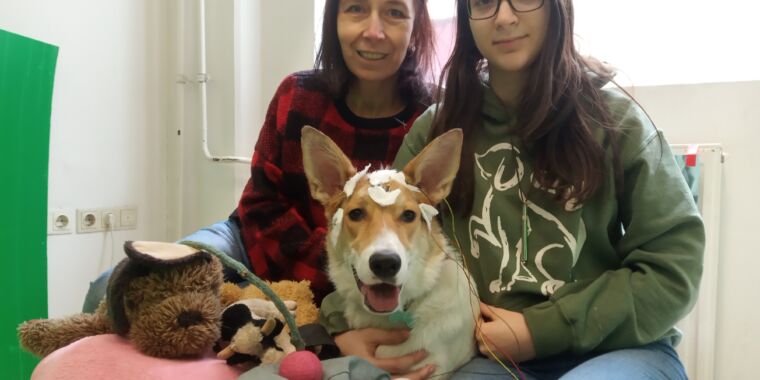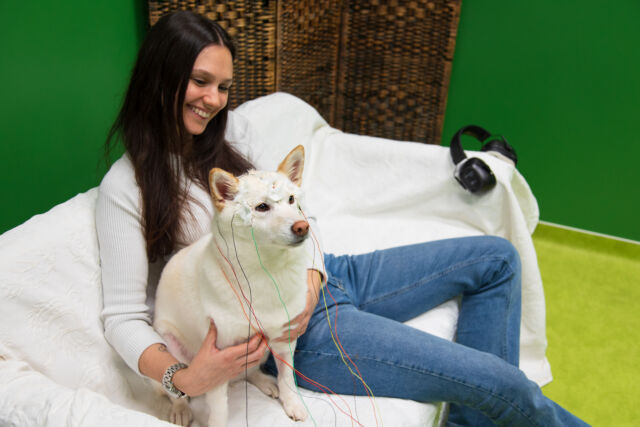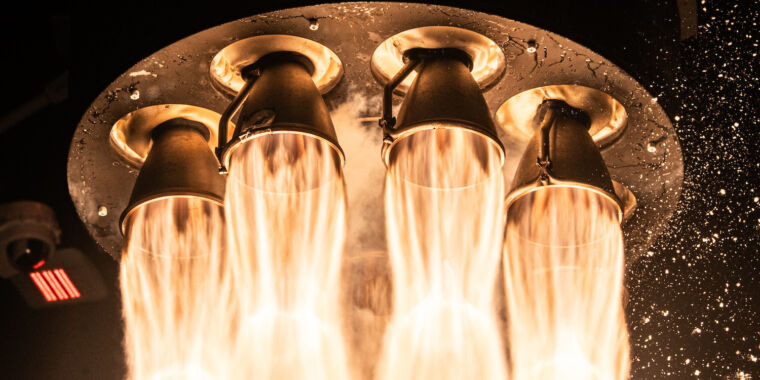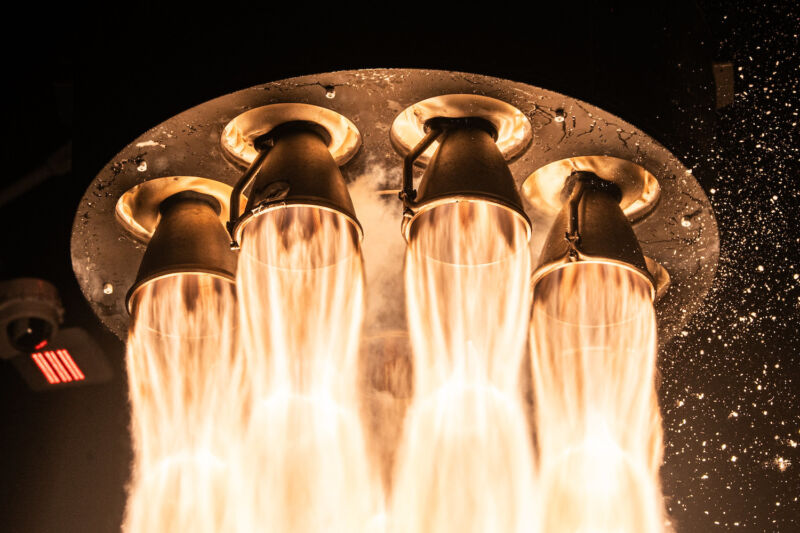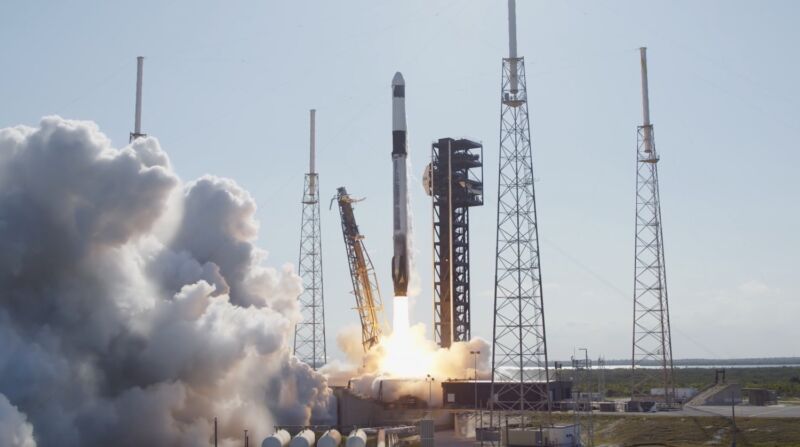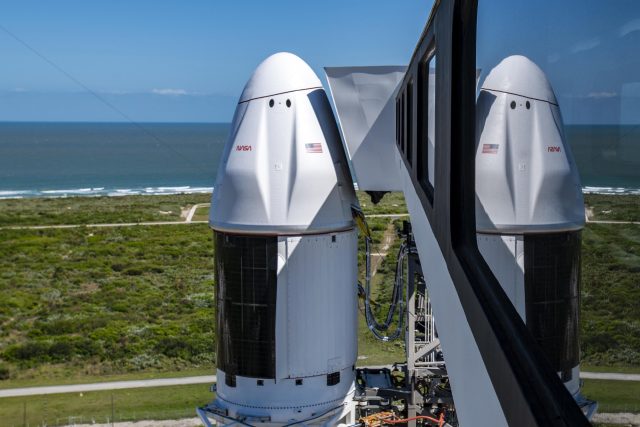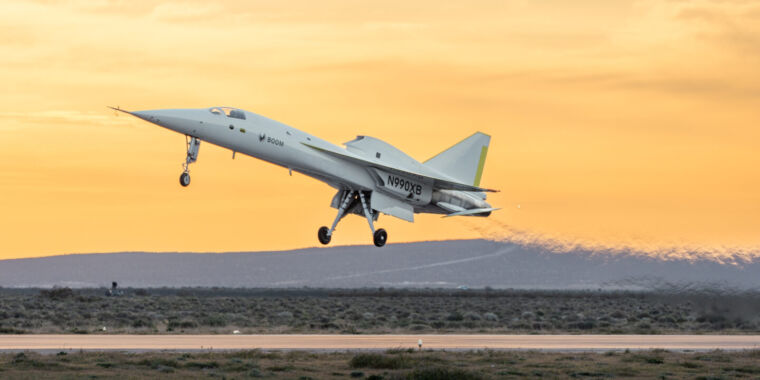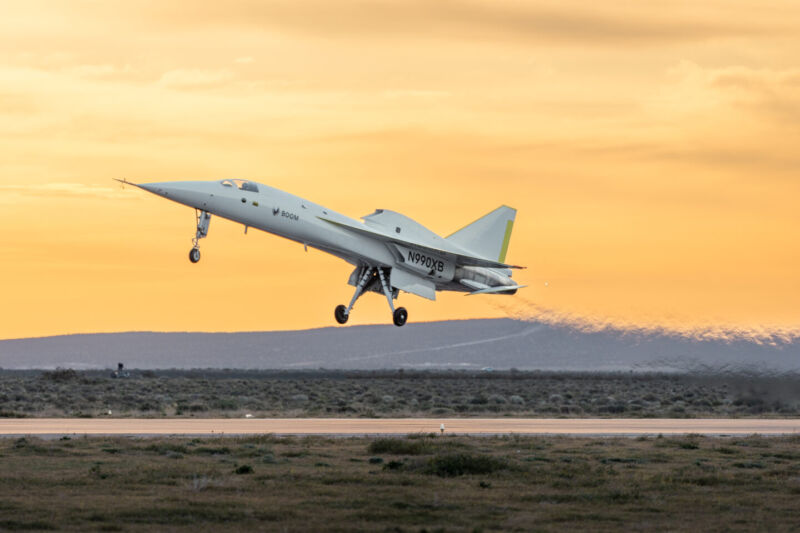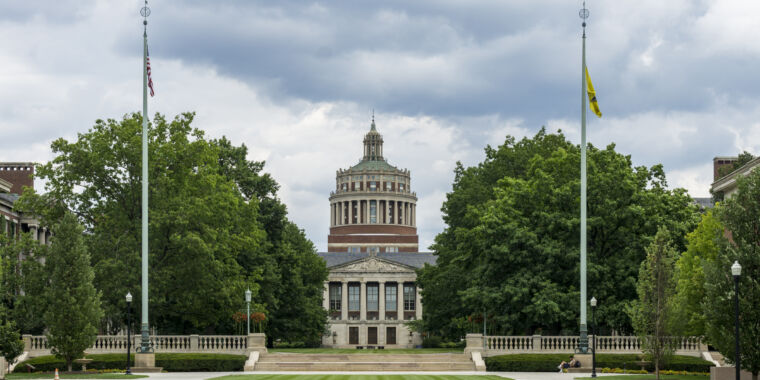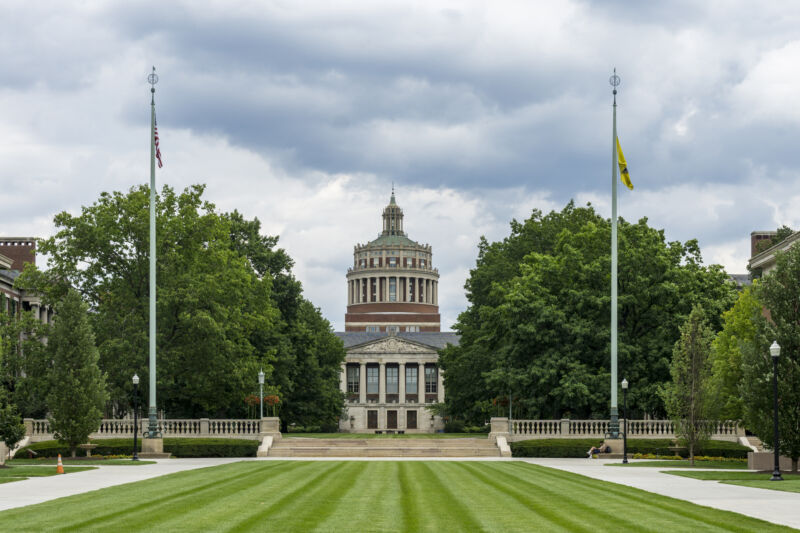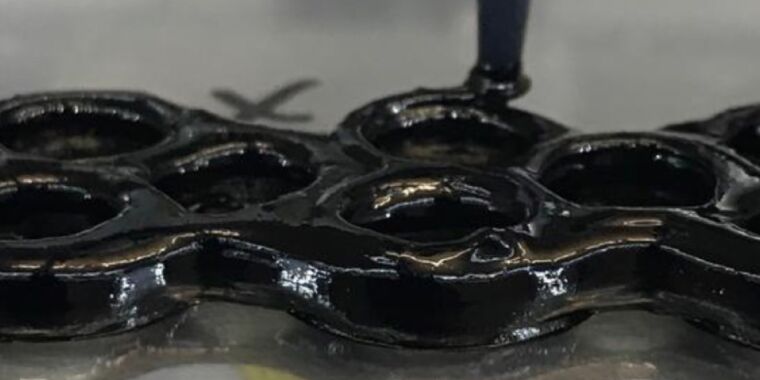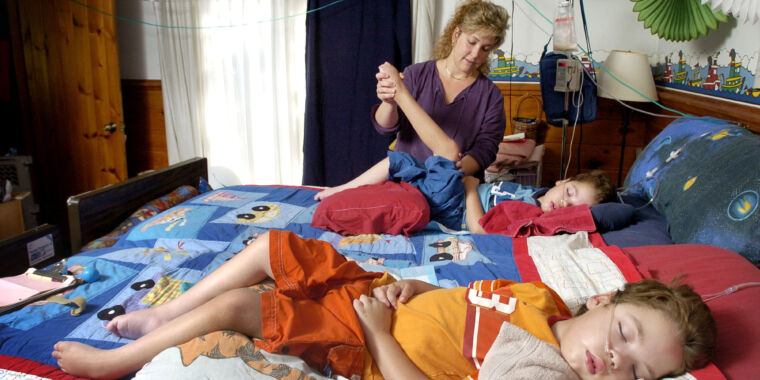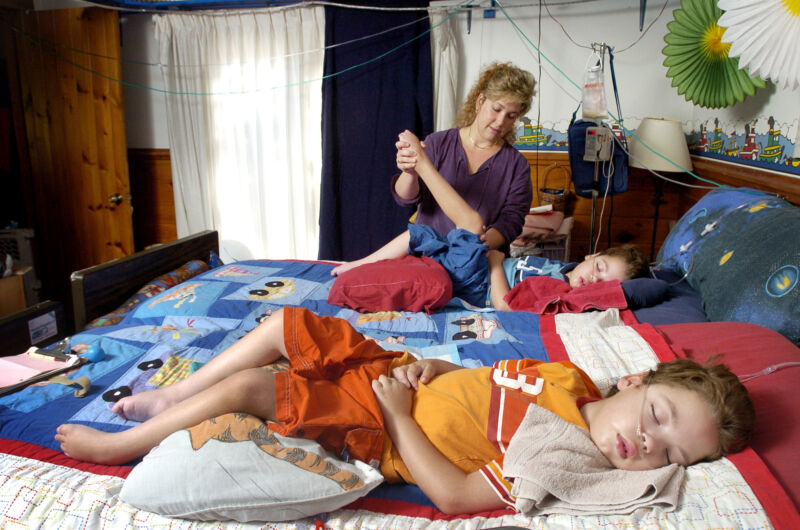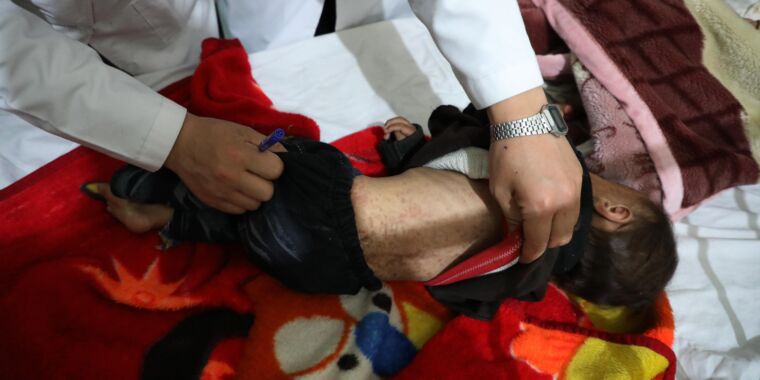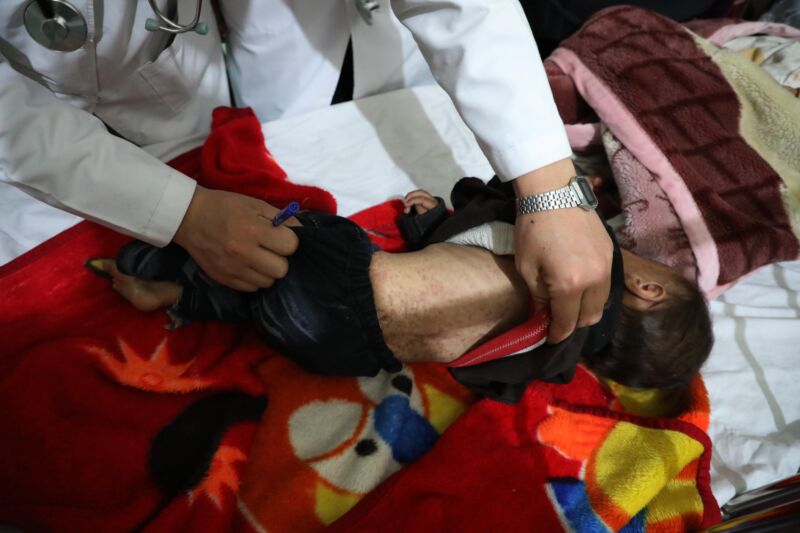Workers with job flexibility and security have better mental health
Healthier work —
Job flexibility and security were linked to significantly less psychological distress and anxiety.

Office Space
American workers who have more flexibility and security in their jobs also have better mental health, according to a study of 2021 survey data from over 18,000 nationally representative working Americans.
The study, published Monday in JAMA Network Open, may not be surprising to those who have faced return-to-office mandates and rounds of layoffs amid the pandemic. But, it offers clear data on just how important job flexibility and security are to the health and well-being of workers.
For the study, job flexibility was assessed in terms of ease of adjusting work schedules, advance notice of scheduling changes, and whether schedules were changed by employers often. People who reported greater flexibility in their job had 26 percent lower odds of serious psychological distress, which was measured on a validated, widely used questionnaire that assesses depression, nervousness, hopelessness, and worthlessness, among other forms of distress. Greater job flexibility was also linked to 13 percent lower odds of experiencing daily anxiety, 11 percent lower odds of experiencing weekly anxiety, and 9 percent lower odds of experiencing anxiety a few times a year.
Job security also appeared to be a boon for mental health. Workers were asked how likely they thought that they may lose their job or get laid off in the next 12 months. Those who reported feeling more secure in their positions had 25 percent lower odds of serious psychological distress. Job security was also associated with 27 percent lower odds of experiencing daily anxiety and 21 percent lower odds of experiencing weekly anxiety.
The study, led by Monica Wang of Boston University’s School of Public Health, also looked at how job flexibility and security affected job absenteeism, finding mixed results. Both job flexibility and security were linked to fewer days where workers reported working while they were sick—suggesting that flexibility and security enabled workers to make use of sick leave when they needed it. In line with that finding, more job flexibility led to more days where workers reported being absent due to illness in the three months prior to the survey. Greater job security, on the other hand, led to fewer absences over the previous three and 12 months.
It’s unclear why that would be the case, but the researchers speculated that “Job security may lead to lower work absenteeism due to higher work satisfaction, decreased job-related stress, and financial security,” they wrote.
Overall, the study’s findings indicate “the substantive impact that flexible and secure jobs can have on mental health in the short-term and long-term,” the researchers conclude.
They do note limitations of the study, the main one being that the study identifies associations and can’t determine that job flexibility and security directly caused mental health outcomes and the work absence findings. Still, they suggest that workplace policies could improve the mental health of employees. This includes flexible scheduling, leave policies, and working arrangements, including remote and hybrid options, which can all allow workers to accommodate personal and family needs. For improving job security, the researchers recommend longer-term contracts and long-term strategies to invest in employees, such as “uptraining,” skill development, and advancement opportunities.
Workers with job flexibility and security have better mental health Read More »

